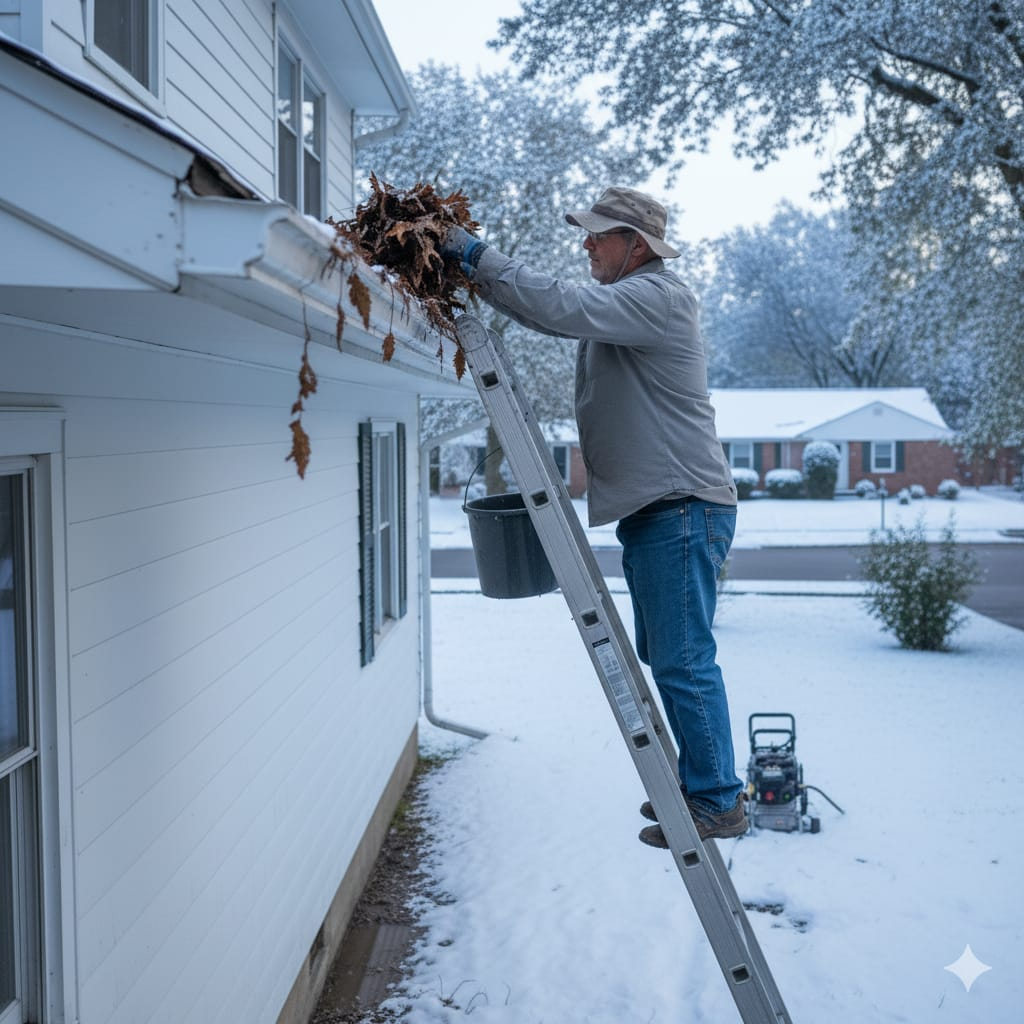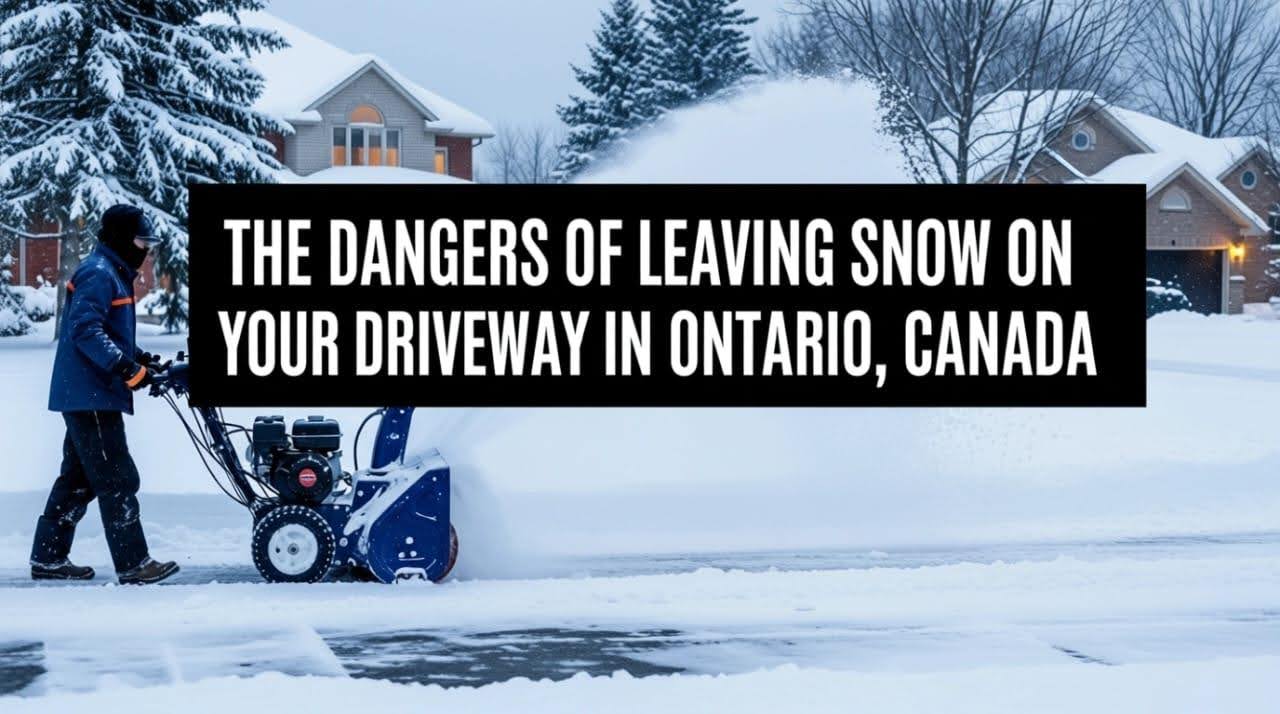Have you ever looked at your lawn and wondered why, despite your effort, it still looks dull, patchy, or uneven?
Maybe the grass turns brown too soon, or thin spots keep spreading no matter how often you water. From countless home inspections across Ontario, we’ve seen these same problems repeat.
Most homeowners mean well, but small oversights, failed DIY fixes, and skipped expert visits often cause big, costly issues.
In Canada, where weather swings from harsh winters to humid summers, lawns need consistent, informed care. Timing, technique, and product choice matter more than most realize.
That’s why Custodia Home Management Plans help families, seniors, and busy homeowners protect their lawns year-round; combining seasonal maintenance, expert inspections, and peace of mind in one simple plan.
Top 10 Most Common Lawn Care Mistakes Homeowners Make In Canada
Here are the 10 most common lawn care mistakes (in Ontario, Canada) and how to avoid them before they cost you time, money, and peace of mind.
Overwatering or Underwatering Your Lawn
Most lawns suffer not from neglect, but from confusion. Many Canadians water too often, while others wait too long.
Your grass doesn’t need daily soaking; it needs deep, consistent watering about 1 to 1.5 inches per week, ideally early in the morning.
Overwatering suffocates roots, while underwatering leaves them weak and dry.
Mowing Too Short or With Dull Blades
Cutting your grass too short might look tidy, but it actually shocks your lawn. Mow at the recommended height for your grass type; about 2.5 to 3 inches for most Ontario lawns.
Dull blades tear instead of slice, making the lawn brown and uneven. Sharp, high mowing keeps it greener and healthier.
[Read: How Long To Let New Grass Grow Before Cutting In Ontario]
Using the Wrong Fertilizer or Applying It at the Wrong Time
Fertilizer mistakes are common, especially when seasons change. In Ontario, timing matters; apply slow-release fertilizer in spring and early fall for cool-season grass.
Too much fertilizer burns the roots, while too little weakens growth. Always follow product directions and match nutrients to your soil type.
Skipping Soil Testing and Ignoring pH Levels

Without knowing your soil’s condition, you’re guessing. A simple soil test reveals pH balance and nutrient needs.
Most Canadian lawns thrive between 6.0 and 7.0 pH. If your soil is too acidic or alkaline, grass can’t absorb nutrients properly, no matter how much you feed it.
Forgetting to Aerate Compacted Soil
Heavy foot traffic, snow, and time compress your soil, starving roots of air and water. Aeration once a year (ideally in fall) helps loosen compacted areas.
This encourages deeper roots and stronger growth. Think of it as giving your lawn a fresh breath of life.
Seeding or Overseeding at the Wrong Time of Year
Seeding too early or too late is a common frustration for Ontario homeowners. The best time to overseed is late summer to early fall when soil is warm, and weeds are minimal. Spring seeding often fails because of unpredictable temperatures and heavy rainfall.
Ignoring Weed Control Until It’s Too Late
Weeds spread fast and compete for nutrients. Once they take over, regaining control becomes costly.
Apply pre-emergent weed control in spring and spot treatments through the season. Consistent mowing, watering, and aeration naturally reduce weed growth too.
Misdiagnosing Lawn Diseases and Pests
Brown patches might look like drought but could be fungus, grubs, or even salt damage. Many homeowners treat symptoms, not causes.
A professional inspection helps identify issues accurately before expensive damage spreads. Early detection saves your lawn and your weekends.
Neglecting Fall and Spring Lawn Cleanup
Skipping seasonal cleanup is a silent lawn killer. Leaves, debris, and thatch block sunlight and moisture, suffocating grass.
Rake, dethatch, and fertilize during spring and fall to prepare for seasonal shifts. A clean lawn grows faster, greener, and thicker.
Treating the Symptoms Instead of the Cause
Applying more fertilizer or water won’t fix a deeper problem. Weak lawns often suffer from compacted soil, poor drainage, or pH imbalance.
Instead of quick fixes, invest in a proper lawn assessment and maintenance plan. Prevention always costs less than restoration.
Before we round off;

Here Are 20 Telltale Signs It’s Time To Hire A Lawn Care Service Near You:
- Persistent brown or yellow spots – even with regular watering.
- Mushroom or mold growth – signaling poor drainage or decay
- Grub damage or pests – especially in late summer or early fall.
- Patchy or thinning grass – often caused by compacted soil.
- Hard, dry soil that won’t absorb water – a clear sign of neglect.
- Weed overgrowth – invading faster than you can pull.
- Bare patches – resistant to seeding or fertilizing.
- Foul odor or soggy areas – indicating drainage issues.
- Matted thatch layer – suffocating healthy roots.
- Uneven growth patterns – often due to nutrient imbalance.
- Discolored or curling grass blades – a symptom of disease.
- Visible insects or larvae – early pest infestation.
- Slow regrowth after mowing – showing nutrient stress.
- Water runoff after rainfall – poor soil absorption.
- Grass pulling up easily – weak or damaged roots.
- Lawn feels spongy or bouncy – possible thatch or fungus issue.
- Frequent flooding or dry patches – uneven soil composition.
- Fertilizer burns or streaks – from improper application
- Seasonal recovery delay – your grass stays dull long after spring starts.
- You’ve tried everything — and nothing works.
When your lawn begins showing two or more of these signs, it’s time to book a professional lawn inspection.
Call 1-833-410-4357 or book online for an inspection and customized lawn maintenance plan designed to suit your yard, your goals, and your schedule.
Final Thoughts: It’s Not Too Late To Bring Your Lawn Back To Life
While these mistakes might make your backyard or front yard feel beyond saving, all hope isn’t lost.
Many Ontario homeowners have felt the same (tired of brown patches, uneven growth, and wasted effort) until they took one simple step: getting expert help.
With the right timing, care, and consistent inspections, your lawn can recover faster than you think.
At Custodia, our lawn care specialists don’t just fix the damage; they prevent it altogether through proactive maintenance, seasonal cleanups, and smart, personalized care plans that fit your property’s unique needs.
Call 1-833-410-4357 today for a free lawn inspection, or explore our Home Management Plans.






